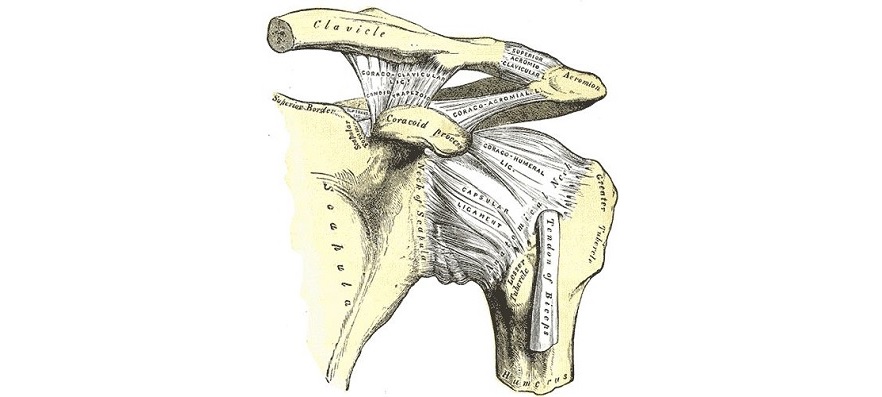Shoulder Impingement Syndrome
Shoulder Impingement Syndrome, also known as Swimmer’s Shoulder or Thrower’s Shoulder is a common cause of shoulder pain. It occurs when tendons or the bursa are being “impinged” or compressed by the bones in the shoulder. This type of pain is common in people who do a lot of activities which involve reaching overhead. Swimmers, painters, weight lifters, and players of sports like volleyball, tennis, baseball or any sport that involves a lot of throwing are the groups in which this injury is commonly found.
What is Impingement Syndrome?
In this condition, there is pain at the front and/or side of the shoulder. It may occur suddenly, if there is an injury, or may occur gradually due to overuse or the insidious development of a bone spur in the joint. The pain is usually persistent and will affect daily activities. Motions such as reaching overhead or behind the back to put on a shirt, for example, will elicit the pain. There may be an entire arc of painful movement, usually when elevating the arm from 60° to 120°, which limits movement. Diminishing strength in the affected muscles is typical as the pain prevents movement, which brings us back to the “move it or lose it” concept. The pain may be worse at night, and there are often “cracking” and “popping” sensations in the shoulder. Often, the pain will go away if the athlete stops their sport, and will return if they begin again without going through any kind of therapy.
Associated Anatomy – What’s Really Going on?
At the top of the shoulder, there is a hook-shaped bone called the acromion which is part of the scapula and connects the scapula to the clavicle. In the space below this hook, called the subacromial space, we find the tendons of the rotator cuff and the subacromial bursa. When the arm is raised, this space narrows, which compresses these soft structures. Impingement can also occur due to bone spurs or thickening or calcification of the coracoacromial ligament. Malfunction of the rotator cuff from injury or loss of strength can also move the head of the humerus up which also narrows the subacromial space. More specifically, if the pain is located at the front/anterior of the shoulder, it is usually the tendon of the long head of the biceps muscle which is being affected and if the pain is on the side/lateral, then it is either the tendon of the supraspinatus muscle or the subacromial bursa.
3 Stages of Injury – It Can Get Worse
There are three stages to this condition, depicting the development of the injury worsening over time:
- Stage 1: Edema and hemorrhage of the supraspinatus or biceps tendon and/or subacromial bursa
- Stage 2: Fibrosis and tendinitis as chronic inflammation causes tissue change
- Stage 3: Progression to rotator cuff or biceps tearing as the affected structures are weakened and frayed to the point where they simply rip.
Treatment of Impingement Syndrome – What Can We Do About It?
Typical Western medicine treatment will be oral anti-inflammatory drugs (NSAIDs). If that doesn’t work, they will probably recommend a cortisone-type injection to bring down the inflammation. Neither of these approaches will address the underlying muscular imbalance or pattern of compensation. Other therapeutic interventions, such as acupuncture, will more directly address the causative factors in this condition. Weak and inhibited muscles can be facilitated and reawakened and possible tissue scarring can be addressed as well. While the typical Western drugs used for this condition often have side effects such as indigestion, headache, constipation, elevated blood sugar or blood pressure, acupuncture and Chinese herbal medicine can be as effective as, if not more effective than, these drugs without these annoying side effects.
In addition to taking drug or herbal medication and getting acupuncture, it is a good idea to stretch daily. Stretching in a warm shower, or applying heat to the affected shoulder prior to stretching will help. Work to reach the thumb up behind the back while moving the head away from the affected shoulder.
If you’re suffering from shoulder pain that sounds like this, please don’t hesitate to contact me or make an appointment to come in and get evaluated and treated.
For Part 2 of this series, on Frozen Shoulder, click here.
In Caritas,
Jorga Houy, L.Ac.



